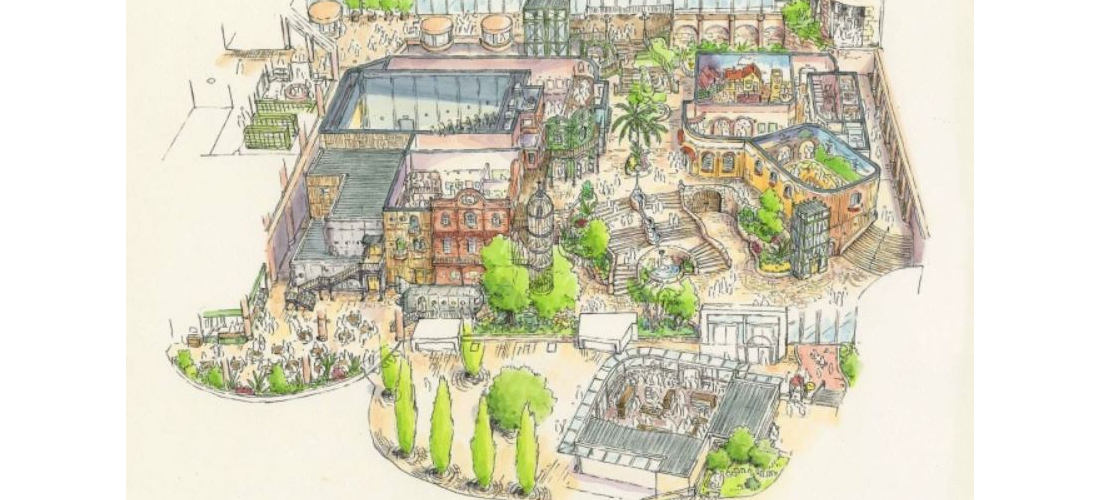
CONTENTS
Moomin, the beloved European kids’ series, has found a home just outside of Tokyo, at this unique theme park!
Into the Forest
Back in 2019, the Japankuru team reported on the exciting news of a brand new theme park, developed entirely around the theme of the Moomins. The Moomins are cute, round, vaguely hippo-like characters created by Swedish-speaking Finnish illustrator Tove Jansson in the second half of the 20th century, featured in a series of books and comics, and plenty more media following the initial success. The Moomins (and a whole cast of other characters in the series) not only exploded in popularity throughout Northern Europe, but also found fans all over the world, and an especially large following in Japan brought the 2019 unveiling of a new Moomin-themed destination just outside of Tokyo.
Of course, as soon as we reported on the newly-opened Moominvalley Park, all of us on the Japankuru team couldn't wait to head over and see what the fuss was all about, so we hopped on a train as soon as we could manage. The park is located in Hanno, Saitama, which is an easy little trip out of the big city. This time, we took the Seibu Ikebukuro Line from Ikebukuro, and then caught a bus from Hanno Station to the park itself. An express train from Ikebukuro to Hanno usually takes about 48 minutes, but if you time your trip right and buy a 500 yen limited express ticket, you can take the Limited Express Laview ・ Red Arrow trains instead, for a more luxurious (and speedy) trip.
Moominvalley Park (ムーミンバレーパーク)
327-6 Metsa, Miyazawa, Hanno, Saitama
Official Website (en)
Exit through the North Exit of Hanno Station and you'll see the bus stop – anything heading towards Metsa (メッツァ) will get you to the park!
Heard of Moomin, But Not All That Familiar?
If you've heard the name Moomin before, or at least seen a glimpse of these plump hippo-esque characters, but aren't really sure what they're all about – well, then you're in the same boat as most of the Japankuru team before this trip. This was really a "get to know the Moomins adventure" from start to finish!
As we quickly learned, the story revolves around a little Moomintroll who lives in Moominvalley, perhaps somewhere deep within the Finnish forest. With a heart full of curiosity, and a cast of family and friends, Moomintroll goes on adventures and finds all kinds of strange new things as he goes, all part of a story that the Finns say is an iconic representation of Finnish culture.
In 1969, an animated TV show based around the story of the Moomins began production and broadcast throughout Japan, first introducing the Japanese public to the cast of cute characters. When a new series was broadcast in 1990, a new generation of Japanese children fell in love with the Moomins, and the popularity of the show saw it broadcast in other parts of the world, too, helping to spread Moomin even further.
Moominvalley Park is the first Moomin theme park outside of Finland, and the complex of theme park, natural spaces, and Northern-European themed shopping facilities (called Metsa) was built in the Saitama countryside surrounding the man-made Lake Miyazawa. When we visited on a weekday afternoon, the park was sunny and warm, and locals were walking their dogs and leisurely enjoying all the different spaces. While Moominvalley Park requires a ticket, the park paths and shopping facilities of Metsa are open to anyone.
We decided to tackle the exhibitions from the top down, starting on the third floor, where huge (life size!?) art installations of the Moomins and their friends accompany digital projections and more, recreating scenes from the stories and welcoming you right into the heart of the Moominvalley. You're free to take pictures throughout the exhibit, which means it's a great place to figure out your best Moomin poses and get snapping!
Want to Learn Even More About Moomin? Head to Kokemus First!
Walking into the park really feels a little like entering into the world of the Moomins, but to get an even better understanding of the series and its history, a visit to the exhibition facility Kokemus is a must! The exhibits inside go over Tove Jansson and the creation of the Moomins, feature the characters and their stories, and show off original illustrations and huge dioramas. There are periodical special exhibitions, too! It's a little like having a Moomin museum in Japan.
On the way from the third to the second floor, you can catch a first glimpse of the enormous two-story model of the Moominvalley (the one that's in the storybooks, not the theme park). It's a stand-out part of a great exhibition space, and moving from one floor to the next, each view is different.
The second-floor exhibition space is just a tiny bit more rooted in the real world, with exhibits about Tove Jansson and the birth of the Moomin stories. With so many historic illustrations from the earliest days of the series, it's a little like a "Moomin Art Museum"! The walls guide you through the author's life, and then the stories of each of the main characters.
The illustrations include quite a few characters, a number of which will probably only be recognizable to hardcore Moomin fans, but luckily there are little profiles introducing each one!
Go on a Moomin Adventure in the Multimedia Theaters
For those who want to immerse themselves even more thoroughly in the world of the Moomins, our next recommendation after Kokemus is one of the park's multimedia theater experiences! There are actually two of these theaters, Little My's Play Spot and Oshun Oxtra, which each offer totally different shows and experiences.
The Oshun Oxtra show takes you out to explore the deep blue sea with Moominpappa, and but the experience involves much more than just a movie on a screen. Projections bring the walls and floor into the story, huge "submarines" swing through the space in front of the theater's stadium seating and characters fly through the air, special wind effects and real sprinklers help recreate the feeling of a wild ride out on the ocean. It feels like a real deep sea adventure, and kids love the extra-immersive feeling.
Little My's Play Spot is a little more relaxed, but it's a blast for fans of the mischievous little mymble, Little My! The story in this cozy little theater revolves around a visit to the Moominhouse, and all the hijinx that follow. After staff take the audience's pictures, though, the show starts featuring some extra special cameos!
Meet Lifesize Moomins on the Lawn
Still having trouble imagining life in the Moominvalley, even after seeing the models in Kokemus and the multimedia shows? Well, then make sure you catch one of the regular shows performed at Emma's Theater, out on the lawn near the entrance of the park. If you've read the Moomin books, you might recognize Emma's Theater from when a flood in the Moominvalley washed it right away. There's no risk of this version disappearing, though, so settle into one of the outdoor seats and enjoy the show! Moomintroll, Moominmamma, Moominpappa, Little My, Snufkin, and other favorites act out scenes right before your eyes, and outside of show time the characters will also appear around the park to take photos.
Join Hemulen in His Playground
You might have noticed when looking at the map above, but there's one big area we haven't even mentioned yet, and that's Hemulen's Playground! At the top of the hill, this playground and its multi-level jungle gym are based on the character of Hemulen, the studious stamp-collector turned botanist who's a bit of a loner. The spaces inside are complicated enough that they're extremely satisfying to explore, and kids climbing around inside will get to enjoy a whole new Moomin space.
rn
rnAdults might be even more interested in the space a little past the playground, though. Up here at the top of the hill is where you can ride the zip line that goes right over Lake Miyazawa! Staff will get you all set up before you fly over the water on one exhilarating ride, arriving safely on the opposite bank.
Moomin-Themed Meals to Delight Your Eyes and Your Tastebuds
Moominvalley Park is a fairly small theme park, but it actually has three different places to sit down and grab a bite! Restaurant Moominvalley serves full meals great for lunch, the Library Cafe offers coffee, cute drinks, and sweets, and the Lettula Lounge has plenty of great baked goods to snack on. (Plus, there are spots for snacks to-go, and more European-themed restaurants in the Metsa shopping area!)
Of course, there's nothing better than Moomin-themed food in Moominvalley Park! On our visit, the Japankuru team dropped by the restaurant that shares a building with Kokemus, and ordered Lonely Mountain Beef Stew and Green Hat Pasta. If you're anything like us, you might have been disappointed by specially themed food like this in the past – sometimes it's all for show, without any of the flavor. Fortunately, Moominvalley Park proved that stereotype wrong! After frantically taking pictures of the beautifully served meals, we started to eat without setting our expectations very high, but we were all impressed by how good the food was. Moomin-themed or not, it was all worth trying!
The Green Hat Pasta is based on the green hat worn by Snufkin, and not only were the noodles a lovely shade of green, but they were decorated with the little yellow flowers sometimes seen on Snufkin's own headwear! (These flowers were edible, too!) The spinach pasta came in a lightly garlicky sauce that's sure to please.
The Lonely Mountain Beef Stew, made to resemble the high mountains that border the eastern side of Moominvalley, proved a popular choice! The cone of rice on one side of the plate was topped with a beef stew complete with mushrooms and vegetables, plus a little round croquette! Roast potatoes, a cherry tomato, and some scrambled eggs finish off the meal for a filling and delicious Moomin lunch.
The interior of Restaurant Moominvalley really adds to the experience, too, with cute barrel tables and strings of lights setting the scene with fairytale-like atmosphere!
We were pretty full after lunch, but of course, there's always room for dessert! We went back up the stairs to the Library Cafe and ordered a fancy strawberry cream drink, and the Blue Hat Citrus Tart, which was a dreamy sky blue with a red raspberry right at the center.
This little tart is themed around Too-Ticky, a friend of the Moomin family, who wears an iconic striped shirt and a little blue hat with a red pompom. The creamy strawberry drink was delicious, but the tart was the star of the show, with a good balance of sweetness and lemony acidity!
Don’t Miss the Gift Shop
If you're a fan of the adorable Moomins and their stories, there's a good chance you've been looking forward to this part of Moominvalley Park all along. This Moomin store is the largest of its kind in the world, and not only can Moomin fans find all the amazing Moomin goods they could dream of, but they'll find some special limited-edition goods available only in Moominvalley Park, too! There are stuffed Moomin of all shapes and sizes, a variety of toys, accessories and an assortment of clothing items, and even quite a few snacks to bring home. There's a section for special Finnish products, too.
Visiting Moominvalley Park Makes the Moomins Even Better!
Before our time at the park, it's true that the collective Moomin knowledge of the Japankuru team only consisted of a few main characters – we didn't even really know what their relationships were. But after spending a day at Moominvalley Park, not only were we deeply intrigued by the fairytale landscape, but we felt relaxed after a day in the Saitama countryside, and as nighttime fell, not only did we enjoy the mysterious atmosphere, but our curiosity about all things Moomin kept on growing. Next time, we think we'll read some more of the books before returning again to immerse ourselves in the world of the Moomin!
For more info and updates from Japan, check Japankuru for new articles, and don't forget to follow us on Twitter, Instagram, and Facebook!
Details
NAME:Moominvalley Park (ムーミンバレーパーク)
MAP
ACCESS:Hanno Station (飯能駅)











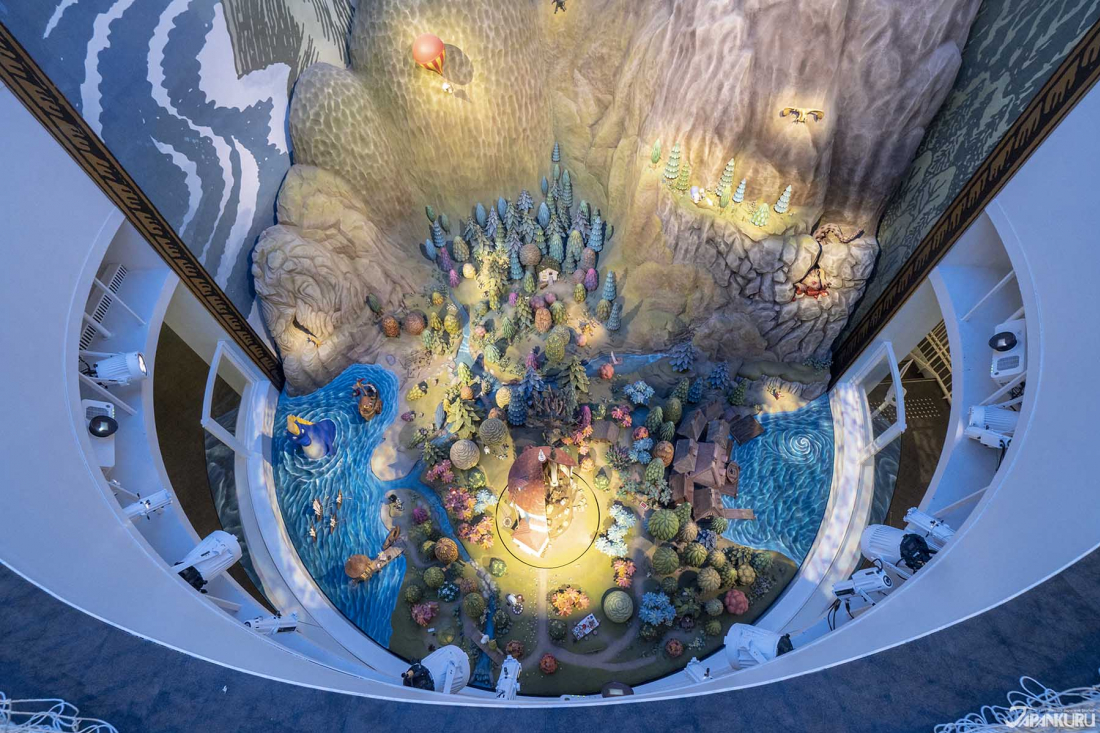
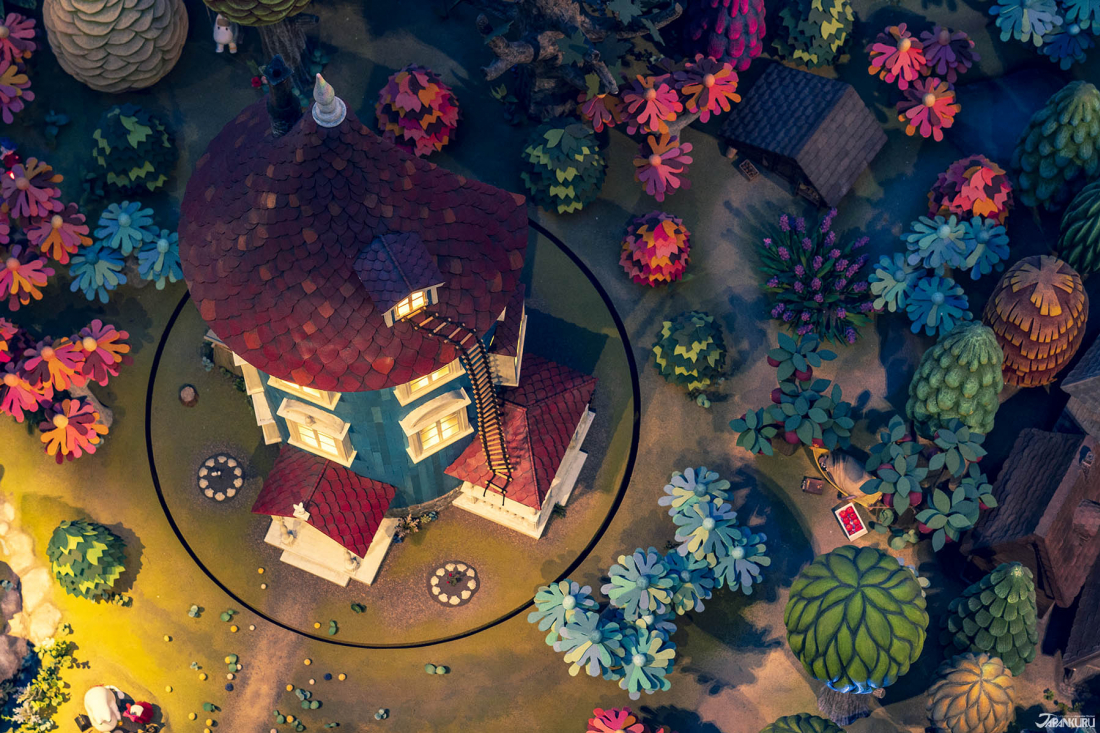

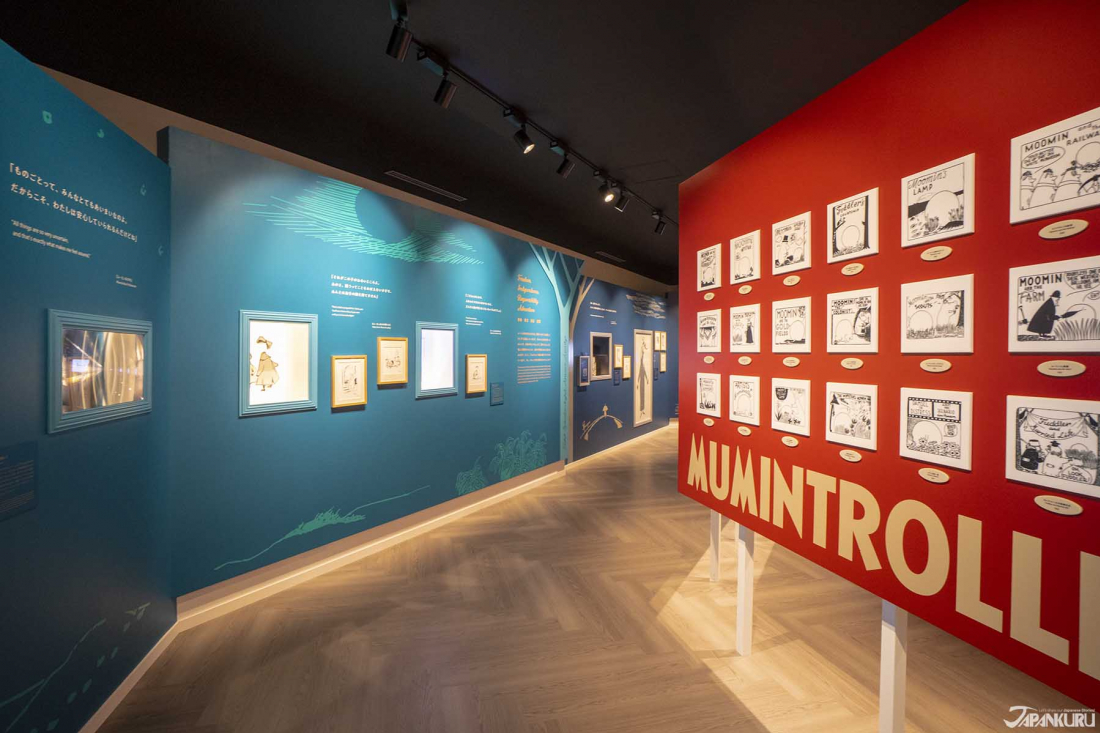



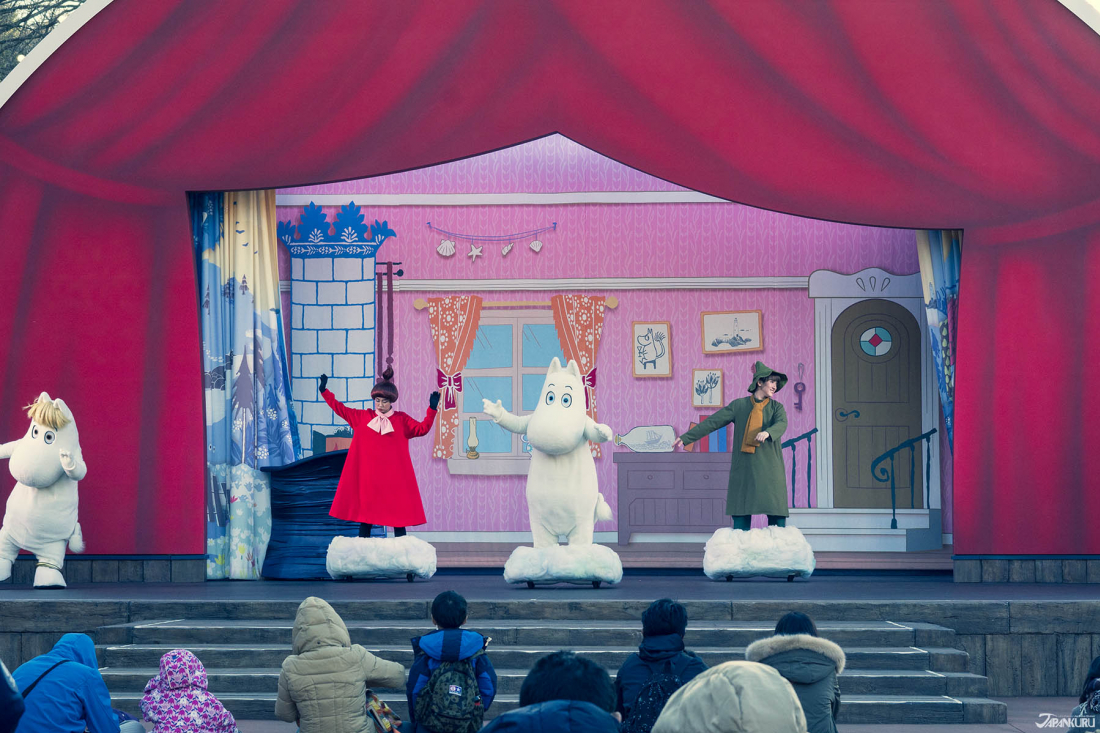













 >> Find out more at Japankuru.com! (link in bio)
#
>> Find out more at Japankuru.com! (link in bio)
#





 The Robot Restaurant is gone, but the Samurai Restaurant is here to take its place. Check it out, and don't forget your coupon!
The Robot Restaurant is gone, but the Samurai Restaurant is here to take its place. Check it out, and don't forget your coupon!
 신주쿠의 명소 로봇 레스토랑이 사무라이 레스토랑으로 부활! 절찬 쿠폰 발급중
신주쿠의 명소 로봇 레스토랑이 사무라이 레스토랑으로 부활! 절찬 쿠폰 발급중
 18歲以上才能入場的歌舞秀,和你想的不一樣!拿好優惠券去看看~
#tokyo #shinjuku #samurairestaurant #robotrestaurant #tokyotrip #도쿄여행 #신주쿠 #사무라이레스토랑 #이색체험 #할인이벤트 #歌舞伎町 #東京景點 #武士餐廳 #日本表演 #日本文化體驗 #japankuru #japantrip #japantravel #japanlovers #japan_of_insta
18歲以上才能入場的歌舞秀,和你想的不一樣!拿好優惠券去看看~
#tokyo #shinjuku #samurairestaurant #robotrestaurant #tokyotrip #도쿄여행 #신주쿠 #사무라이레스토랑 #이색체험 #할인이벤트 #歌舞伎町 #東京景點 #武士餐廳 #日本表演 #日本文化體驗 #japankuru #japantrip #japantravel #japanlovers #japan_of_insta
 코지마 x 빅 카메라 쿠폰으로 일본 가전 제품 쇼핑하기
#pr #japankuru #japanshopping #kojima #biccamera #japaneseskincare #yaman #dji #osmopocket3 #skincaredevice #日本購物 #美容儀 #相機 #雅萌 #日本家電 #일본여행 #면세 #여행꿀팁 #일본쇼핑리스트 #쿠폰 #일본쇼핑 #일본브랜드 #할인 #코지마 #빅카메라 #japankurucoupon
코지마 x 빅 카메라 쿠폰으로 일본 가전 제품 쇼핑하기
#pr #japankuru #japanshopping #kojima #biccamera #japaneseskincare #yaman #dji #osmopocket3 #skincaredevice #日本購物 #美容儀 #相機 #雅萌 #日本家電 #일본여행 #면세 #여행꿀팁 #일본쇼핑리스트 #쿠폰 #일본쇼핑 #일본브랜드 #할인 #코지마 #빅카메라 #japankurucoupon

































 Oita Hello Kitty Airport
Oita Hello Kitty Airport  Lands April 13th
Lands April 13th









